Home>Gardening & Outdoor>Landscaping Ideas>When To Plant Grass In Wisconsin
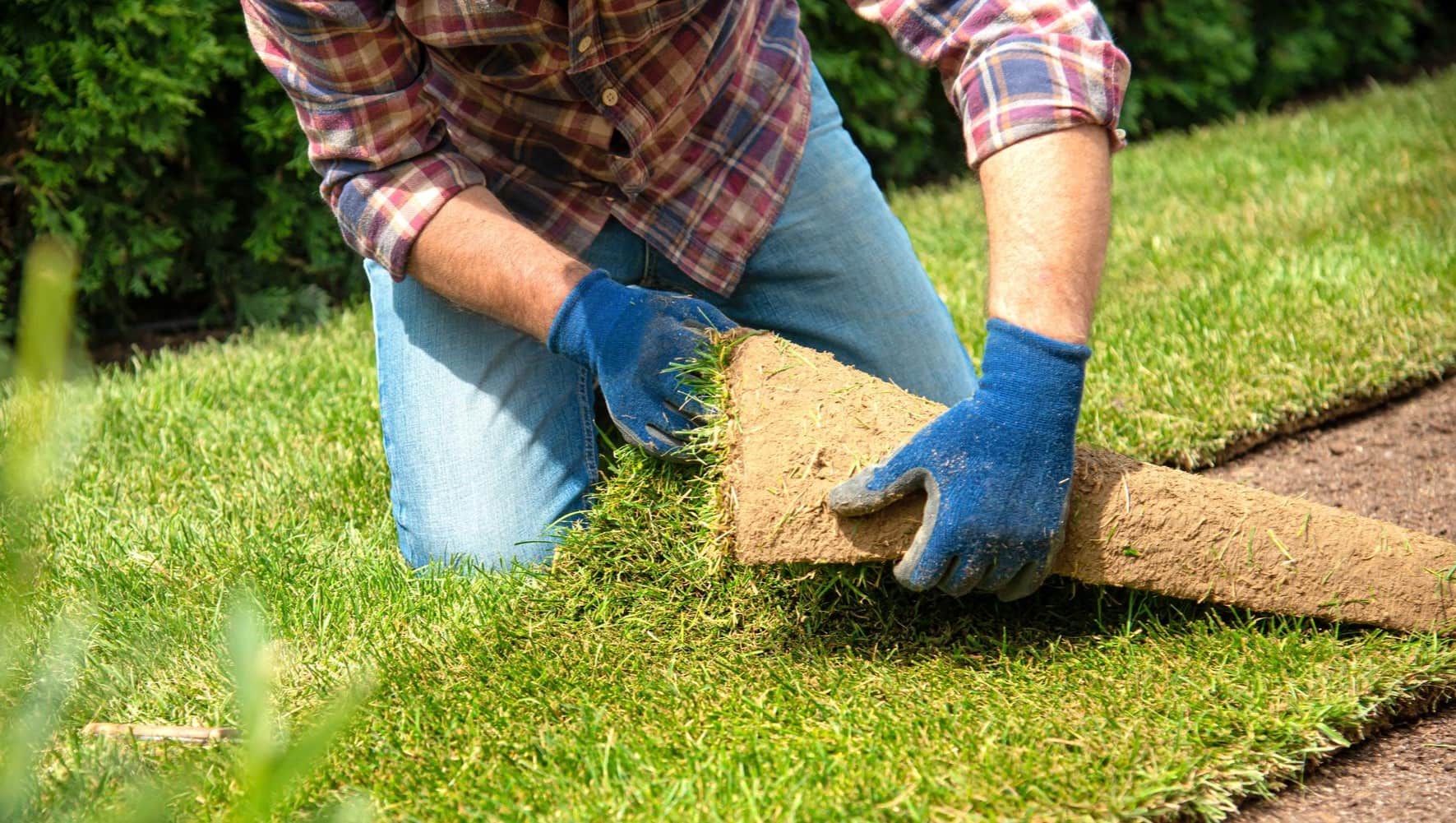

Landscaping Ideas
When To Plant Grass In Wisconsin
Modified: March 28, 2024
Discover the best landscaping ideas for Wisconsin and learn when to plant grass to achieve a lush, vibrant lawn. Get expert tips and advice for successful lawn care.
(Many of the links in this article redirect to a specific reviewed product. Your purchase of these products through affiliate links helps to generate commission for Storables.com, at no extra cost. Learn more)
Introduction
Wisconsin's diverse climate and topography make it a unique and rewarding environment for landscaping and gardening enthusiasts. Whether you're a seasoned gardener or a novice looking to enhance your outdoor space, understanding the nuances of Wisconsin's climate and the best practices for planting grass is essential for achieving a lush, vibrant lawn. In this comprehensive guide, we'll delve into the optimal timing for planting grass in Wisconsin, the most suitable grass types for the region, and the crucial steps for soil preparation and grass seed planting. By the end of this article, you'll be equipped with the knowledge and confidence to cultivate a thriving lawn that can withstand the varying conditions of the Badger State.
Wisconsin's residents take great pride in their outdoor spaces, and a well-maintained lawn can significantly enhance the beauty and functionality of any property. Whether you reside in the rolling hills of the Driftless Area, the lake-studded northern regions, or the urban landscapes of Milwaukee or Madison, the principles of successful grass planting remain consistent. With a bit of planning and a solid understanding of the local climate and soil conditions, you can create a picturesque lawn that complements the natural splendor of Wisconsin.
In the following sections, we'll explore the nuances of Wisconsin's climate, the opportune time for grass planting, the most suitable grass varieties, and the essential steps for soil preparation and grass seed planting. Additionally, we'll provide valuable insights into caring for newly planted grass, ensuring that your efforts yield a verdant and enduring lawn. Let's embark on this horticultural journey, unraveling the secrets to cultivating a resilient and captivating grassland in the heart of Wisconsin.
Key Takeaways:
- Plant grass in Wisconsin in early fall or early spring for the best chance of a lush lawn. Choose grass types like Kentucky bluegrass and fine fescue that can thrive in the state’s diverse climate.
- Prepare the soil carefully, plant grass seed with precision, and provide attentive post-planting care to nurture a resilient and visually appealing lawn in Wisconsin.
Read more: When To Plant Grass Seed In Wisconsin
Understanding Wisconsin’s Climate
Wisconsin’s climate is characterized by its distinct seasonal variations, influenced by its proximity to the Great Lakes and its diverse topography. The state experiences cold, snowy winters and warm, humid summers, with temperature and precipitation variances across different regions. Understanding these climatic nuances is crucial for successful grass planting and maintenance.
During the winter months, Wisconsin encounters sub-zero temperatures, heavy snowfall, and icy conditions, particularly in the northern and western regions. Conversely, summers bring warmth and humidity, creating favorable conditions for grass growth. However, the state’s climate can also pose challenges, such as unpredictable spring frosts and occasional drought conditions, especially in the southern and western parts of the state.
Wisconsin’s proximity to the Great Lakes influences its climate, with the lake effect moderating temperatures in coastal areas. The eastern and southeastern regions, including cities like Milwaukee and Kenosha, benefit from milder winters and cooler summers due to this effect. In contrast, the western and northern areas, such as Superior and Ashland, experience more extreme winter conditions.
The state’s diverse topography further contributes to climate differentials. The southern part of Wisconsin features rolling hills and fertile plains, while the northern regions are characterized by dense forests, rugged terrain, and numerous lakes. These variations in elevation and landscape impact local microclimates, affecting temperature and precipitation patterns.
Understanding Wisconsin’s climate is essential for selecting grass varieties that can thrive in its seasonal extremes. By considering the state’s climatic nuances, gardeners and landscapers can make informed decisions regarding the timing of grass planting, the types of grass to cultivate, and the necessary precautions to protect their lawns from the rigors of the Wisconsin climate.
Best Time to Plant Grass in Wisconsin
Choosing the optimal time to plant grass in Wisconsin is crucial for ensuring the successful establishment of a resilient and vibrant lawn. The state’s climatic variations and seasonal transitions directly influence the ideal timing for grass planting, allowing for the best chances of germination and growth.
Early fall, specifically late August through mid-September, is widely regarded as the prime window for planting grass in Wisconsin. During this period, the soil retains residual warmth from the summer months, creating favorable conditions for seed germination and root establishment. Additionally, the cooler air temperatures and potential rainfall in the fall help to minimize stress on newly planted grass, promoting healthy growth before the onset of winter.
Another advantageous aspect of fall planting is the reduced competition from weeds, as many weed species are less active during this time. This allows newly sown grass seeds to establish themselves without the threat of aggressive weed encroachment, setting the stage for a robust lawn in the following spring and summer.
While fall is the preferred season for grass planting in Wisconsin, early spring, typically from mid-April to mid-May, also presents a viable opportunity for seeding. As the ground thaws and the risk of frost diminishes, the soil becomes receptive to grass seed germination. However, spring planting may require more diligent watering and maintenance, as the warmer temperatures and potential dry spells can pose challenges to establishing new grass growth.
Conversely, the hot and dry conditions of mid-summer are generally less conducive to successful grass planting. High temperatures and limited rainfall increase the risk of seed desiccation and hinder the establishment of young grass plants. Therefore, avoiding mid-summer planting is advisable to maximize the likelihood of a thriving lawn.
By aligning grass planting with the optimal timing in early fall or early spring, Wisconsin residents can capitalize on the seasonal dynamics to cultivate lush and resilient lawns. Understanding the nuances of these planting windows empowers gardeners and homeowners to make informed decisions that set the stage for a verdant and enduring grassland.
Types of Grass to Plant in Wisconsin
When considering the types of grass to plant in Wisconsin, it’s essential to select varieties that can thrive in the state’s diverse climate and soil conditions. Wisconsin’s climate ranges from cold and snowy winters to warm and humid summers, necessitating grass species that exhibit resilience and adaptability to these seasonal extremes.
Two primary categories of grasses are suitable for Wisconsin: cool-season grasses and a blend of cool-season and warm-season grasses. Cool-season grasses, such as Kentucky bluegrass, fine fescue, and perennial ryegrass, are well-suited to the state’s climate, displaying robust growth in the cooler temperatures of spring and fall. These grasses maintain their green color during the winter months, providing year-round appeal to lawns across Wisconsin.
Kentucky bluegrass, known for its lush appearance and durability, is particularly popular in Wisconsin. Its ability to withstand cold temperatures and high foot traffic makes it a favored choice for lawns, parks, and athletic fields throughout the state. Fine fescue, with its fine texture and shade tolerance, is another valuable addition to grass blends, especially for areas with limited sunlight or challenging soil conditions.
For homeowners seeking a blend of cool-season and warm-season grasses, a mix of Kentucky bluegrass and turf-type tall fescue offers a versatile solution. While Kentucky bluegrass thrives in cooler conditions, turf-type tall fescue exhibits greater heat tolerance, enhancing the overall resilience of the lawn during the warmer months.
It’s important to note that the specific grass varieties best suited for a particular location within Wisconsin may vary based on factors such as soil type, sunlight exposure, and intended lawn usage. Consulting with local horticultural experts or university extension services can provide valuable insights into selecting the most suitable grass types for a given area within the state.
By choosing grass varieties that align with Wisconsin’s climate and environmental dynamics, homeowners and landscapers can establish enduring and visually appealing lawns. The careful selection of grass types sets the foundation for a thriving lawn that can withstand the seasonal fluctuations and diverse conditions that define the Wisconsin landscape.
The best time to plant grass in Wisconsin is in the late summer or early fall, between mid-August and mid-September. This allows the grass to establish strong roots before the winter.
Preparing the Soil for Planting
Proper soil preparation is a critical precursor to successful grass planting in Wisconsin. The state’s diverse topography and soil compositions necessitate careful attention to soil conditioning and amendment, ensuring an optimal environment for seed germination and root establishment.
Before planting grass seed, it’s essential to assess the soil’s composition, drainage, and nutrient levels. Conducting a soil test can provide valuable insights into the pH balance, nutrient deficiencies, and organic matter content, guiding the necessary amendments for creating a hospitable growing medium for grass.
Adjusting the soil’s pH to the appropriate range, typically between 6.0 and 7.0 for most grass species, can be achieved through the application of lime to raise pH or elemental sulfur to lower pH. Balancing the soil’s pH promotes nutrient availability and enhances the grass’s ability to absorb essential minerals, fostering healthy growth and vigor.
Improving soil structure and fertility is often accomplished through the incorporation of organic matter, such as compost or well-rotted manure. Amending the soil with organic materials enhances its water retention capacity, promotes beneficial microbial activity, and provides a steady supply of nutrients to support grass establishment and development.
Aerating the soil prior to planting is another beneficial practice, particularly for compacted or heavy clay soils. Core aeration, which involves removing small plugs of soil, facilitates better air and water penetration, alleviates compaction, and creates an environment conducive to robust root growth. This preparatory step enhances the soil’s receptivity to grass seed and encourages deeper root penetration, contributing to the long-term health of the lawn.
For areas with poor drainage or erosion concerns, addressing these issues before planting grass is essential. Implementing proper drainage solutions, such as installing French drains or amending the soil with organic matter to enhance water infiltration, can mitigate waterlogged conditions and prevent potential damage to newly planted grass.
By meticulously preparing the soil for grass planting, Wisconsin residents can lay the groundwork for a resilient and flourishing lawn. The thoughtful integration of soil testing, pH adjustment, organic enrichment, and soil conditioning sets the stage for successful grass establishment and long-term vitality, ensuring that the lawn thrives amidst the varying conditions of the Badger State.
Planting Grass Seed
Planting grass seed in Wisconsin demands careful attention to detail and adherence to best practices to ensure successful germination and establishment. The state’s diverse climate and soil conditions necessitate strategic approaches to seed sowing, fostering robust growth and resilience in the face of seasonal fluctuations.
Prior to planting, it’s crucial to select high-quality grass seed that aligns with the specific conditions of the intended planting area. Opting for seed blends that incorporate well-adapted grass varieties, such as Kentucky bluegrass, fine fescue, and perennial ryegrass, can enhance the lawn’s ability to thrive across Wisconsin’s varying landscapes and climatic zones.
When preparing to plant grass seed, it’s advisable to conduct a thorough soil assessment to ensure that the soil’s pH, fertility, and structure are conducive to successful germination and seedling establishment. Addressing any soil deficiencies or imbalances through appropriate amendments, such as lime for pH adjustment and organic matter for fertility enhancement, can create an optimal environment for seedling development.
Once the soil is primed for planting, the distribution of grass seed should be approached with precision and care. Using a broadcast spreader or a handheld spreader allows for even seed distribution, promoting uniform coverage and reducing the risk of over- or under-seeding. Following the recommended seeding rates for the chosen grass species is essential to achieve the desired density and uniformity in the emerging lawn.
After spreading the grass seed, gently raking the soil surface to lightly cover the seeds can aid in protecting them from birds, wind, and excessive sunlight, while still allowing for adequate soil-seed contact. Applying a thin layer of straw mulch can further safeguard the seeds and help retain soil moisture, facilitating the germination process and supporting early seedling growth.
Watering the newly sown grass seed is a critical step in promoting germination and early establishment. Keeping the soil consistently moist, but not waterlogged, is essential to encourage seedling emergence and root development. Regular, light watering sessions in the morning or early afternoon can help sustain optimal soil moisture levels, fostering the growth of healthy and resilient grass seedlings.
By adhering to these meticulous steps for planting grass seed, Wisconsin residents can lay the foundation for a robust and visually appealing lawn. The strategic selection of high-quality seed, precise seeding techniques, and diligent soil moisture management converge to support the successful establishment of a vibrant and enduring grassland amidst the dynamic conditions of the Badger State.
Caring for Newly Planted Grass
After diligently planting grass seed in Wisconsin, nurturing the newly sown lawn through attentive care and maintenance is essential for fostering healthy growth and long-term resilience. The state’s diverse climate and soil conditions necessitate strategic approaches to post-planting care, ensuring that the emerging grass seedlings establish themselves robustly amidst the seasonal dynamics.
One of the most critical aspects of caring for newly planted grass is maintaining consistent soil moisture. Adequate watering is essential to support seed germination and seedling growth. During the initial establishment phase, the soil should be kept consistently moist, typically requiring light and frequent watering sessions to prevent the soil from drying out. As the grass seedlings mature, transitioning to deeper and less frequent watering encourages the development of strong and resilient root systems.
Monitoring the newly planted lawn for signs of excessive dryness or waterlogging is crucial, as both conditions can impede the germination and growth of grass seedlings. Adjusting the watering frequency based on weather conditions and soil moisture levels helps to sustain an optimal environment for the emerging grass, promoting healthy development and vigor.
Protecting the newly sown grass seed from potential threats, such as birds, wind, and excessive sunlight, is another important aspect of post-planting care. Applying a thin layer of straw mulch over the seeded area can help deter birds from feeding on the seeds, minimize soil erosion, and retain moisture, fostering favorable conditions for germination and early seedling growth.
As the grass seedlings begin to emerge and establish themselves, it’s advisable to refrain from mowing until the grass reaches a height of approximately 3 to 4 inches. Allowing the grass to grow undisturbed during this initial phase supports the development of strong root systems and encourages the establishment of a dense and resilient lawn.
Once the newly planted grass has reached mowing height, it’s important to adhere to proper mowing practices to promote healthy growth and vigor. Adjusting the mower to a suitable height for the grass species being cultivated and avoiding excessively short mowing can help maintain the lawn’s resilience and visual appeal, contributing to its long-term vitality.
By providing attentive care and maintenance to the newly planted grass, Wisconsin residents can nurture a thriving and enduring lawn. The strategic management of soil moisture, protection of emerging seedlings, and adherence to proper mowing practices converge to support the successful establishment of a lush and resilient grassland amidst the dynamic conditions of the Badger State.
Conclusion
Cultivating a resilient and visually captivating lawn in Wisconsin is a rewarding endeavor that demands an understanding of the state’s diverse climate, strategic grass planting practices, and attentive post-planting care. By harnessing the horticultural insights and best practices outlined in this guide, Wisconsin residents can embark on a journey to establish enduring and vibrant grasslands that harmonize with the state’s seasonal dynamics and varied landscapes.
Understanding Wisconsin’s climate, characterized by distinct seasonal variations and influenced by its proximity to the Great Lakes, provides a foundational framework for successful grass planting. By aligning grass planting with the optimal timing in early fall or early spring, residents can leverage the seasonal dynamics to cultivate lush and resilient lawns that can withstand the rigors of the state’s climate.
Selecting suitable grass varieties that exhibit resilience and adaptability to Wisconsin’s climate and soil conditions is paramount to the success of any lawn. Whether opting for cool-season grasses like Kentucky bluegrass and fine fescue or a blend of cool-season and warm-season grasses, the careful selection of grass types sets the stage for a thriving lawn that can endure the state’s seasonal fluctuations.
Preparing the soil for planting is a critical precursor to successful grass establishment, necessitating meticulous attention to soil testing, pH adjustment, organic enrichment, and soil conditioning. By creating an optimal environment for seed germination and root establishment, Wisconsin residents can lay the groundwork for a resilient and flourishing lawn that thrives amidst the state’s diverse topography and soil compositions.
Planting grass seed with precision and care, followed by diligent post-planting care and maintenance, is instrumental in fostering healthy growth and long-term resilience. From strategic seed selection and precise seeding techniques to attentive soil moisture management and proper mowing practices, nurturing the newly sown lawn sets the foundation for a robust and visually appealing grassland.
In essence, the successful establishment of a thriving lawn in Wisconsin is a harmonious blend of strategic planning, attentive care, and a deep understanding of the state’s climatic nuances and soil dynamics. By embracing these principles and best practices, Wisconsin residents can cultivate enduring and vibrant lawns that enhance the beauty and functionality of their outdoor spaces, standing as a testament to the synergy between horticultural knowledge and the natural splendor of the Badger State.
Frequently Asked Questions about When To Plant Grass In Wisconsin
Was this page helpful?
At Storables.com, we guarantee accurate and reliable information. Our content, validated by Expert Board Contributors, is crafted following stringent Editorial Policies. We're committed to providing you with well-researched, expert-backed insights for all your informational needs.
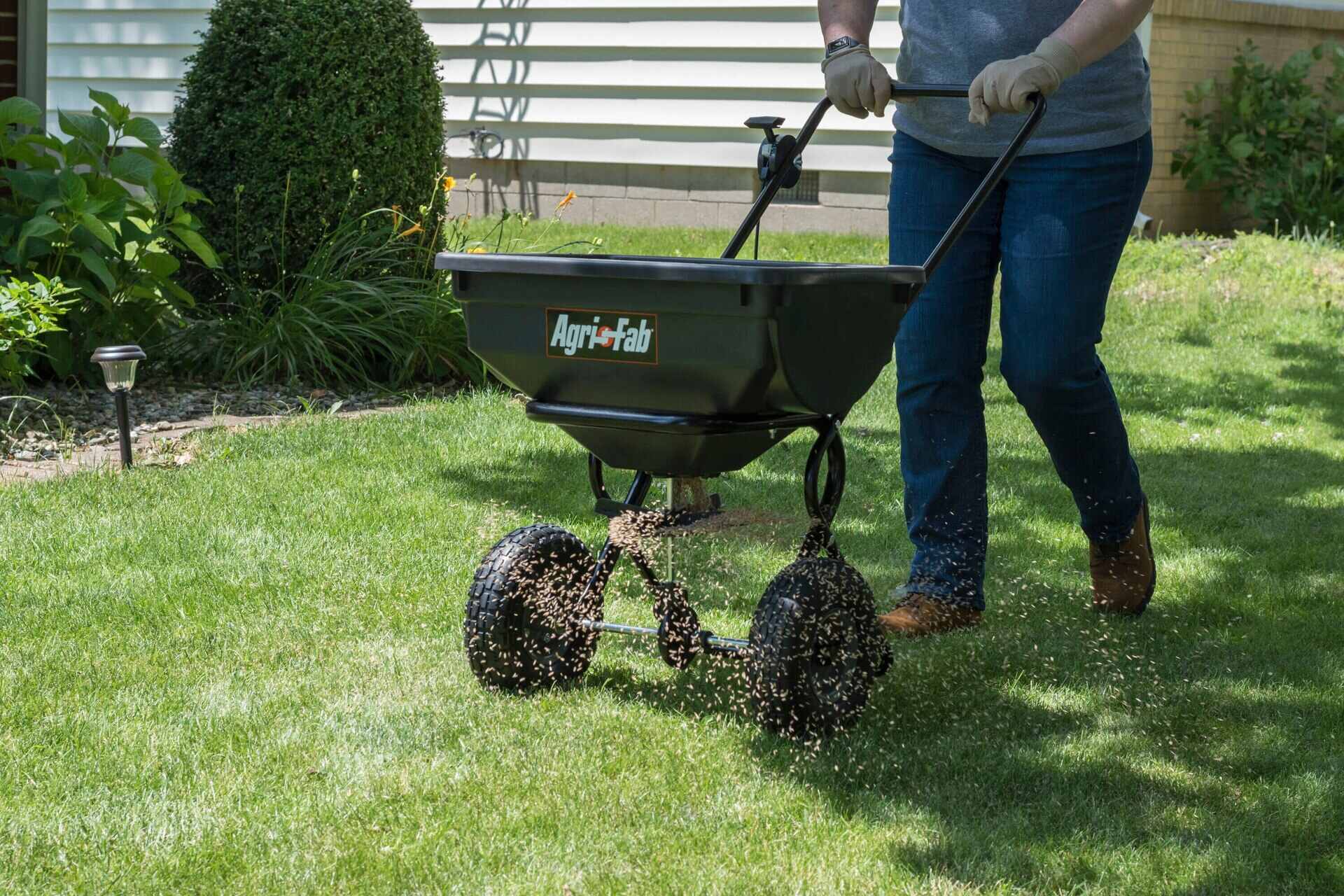
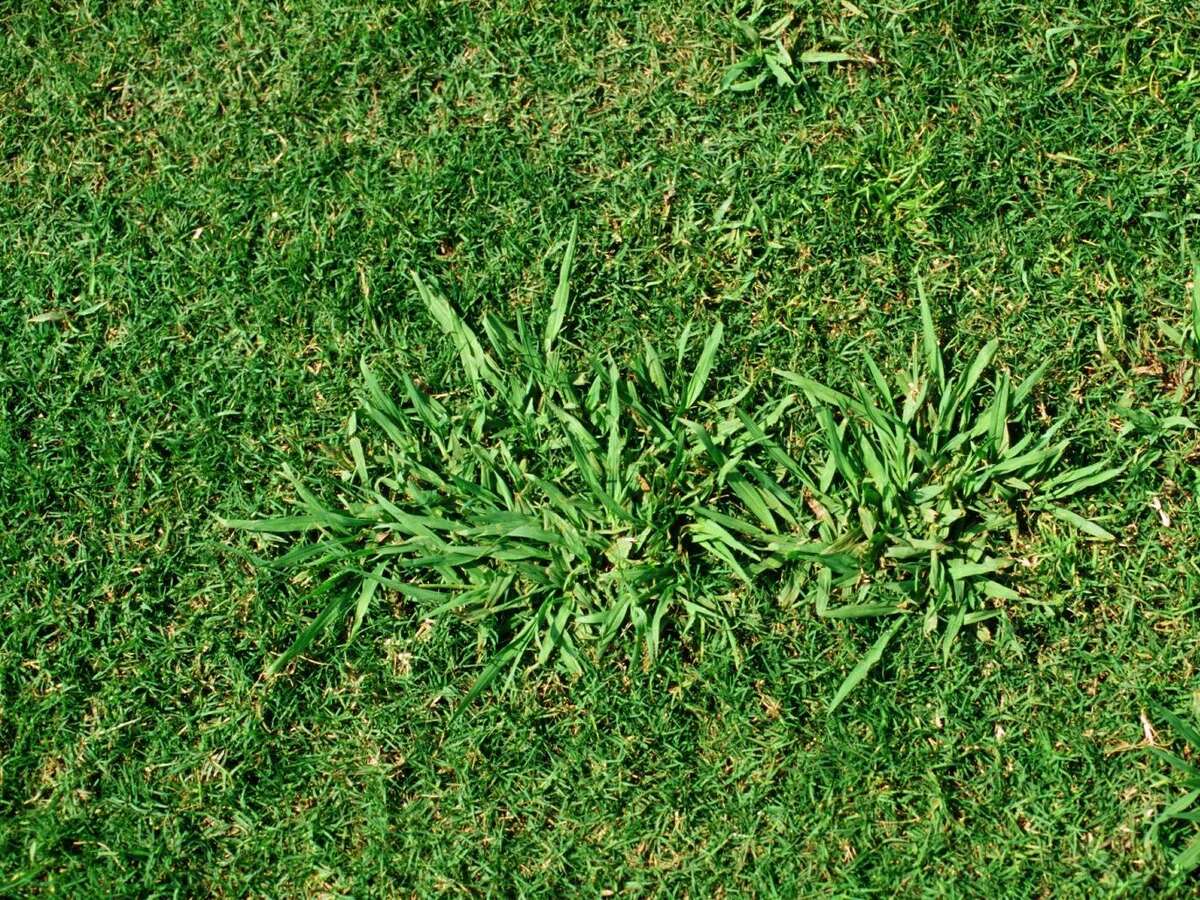
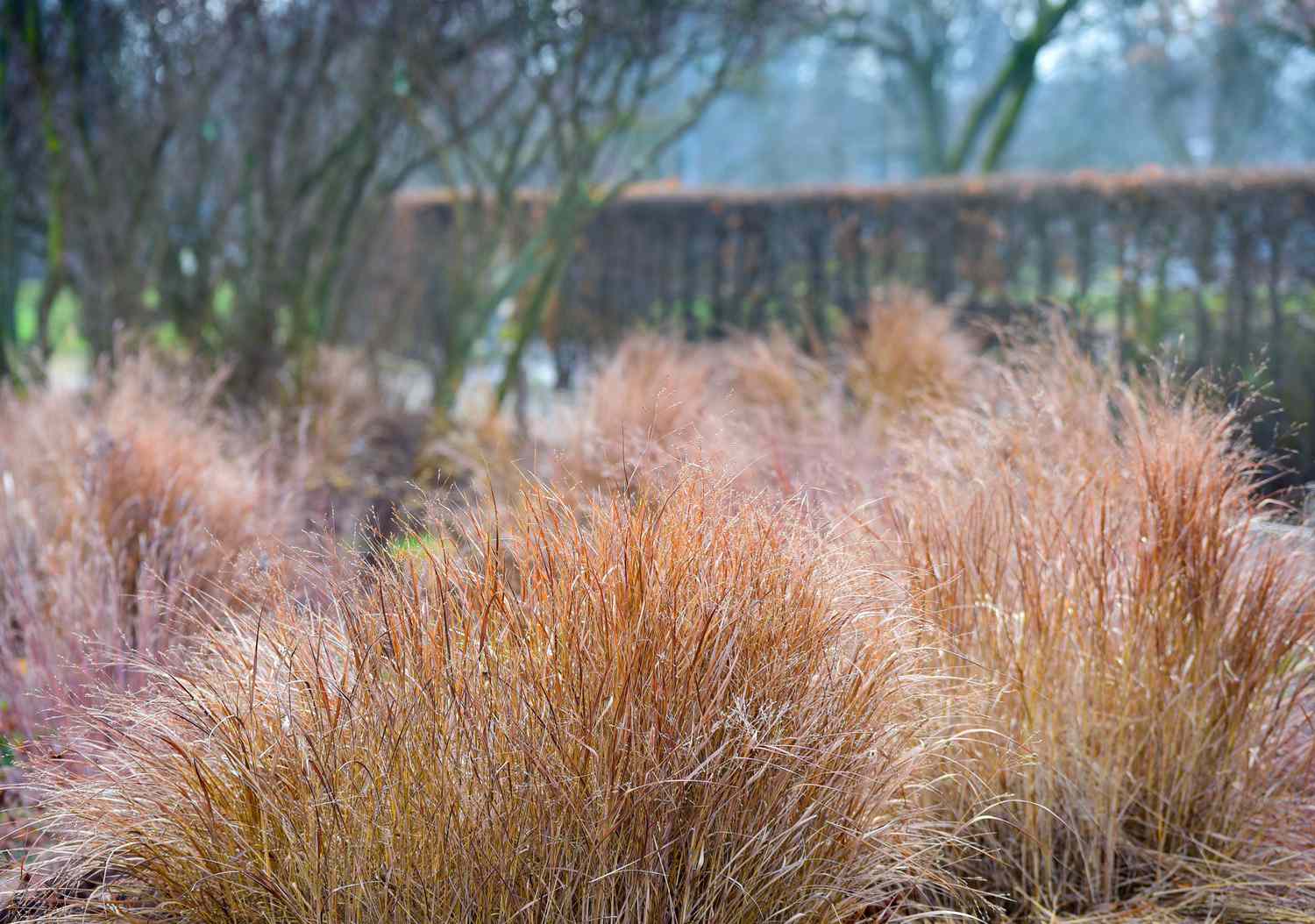
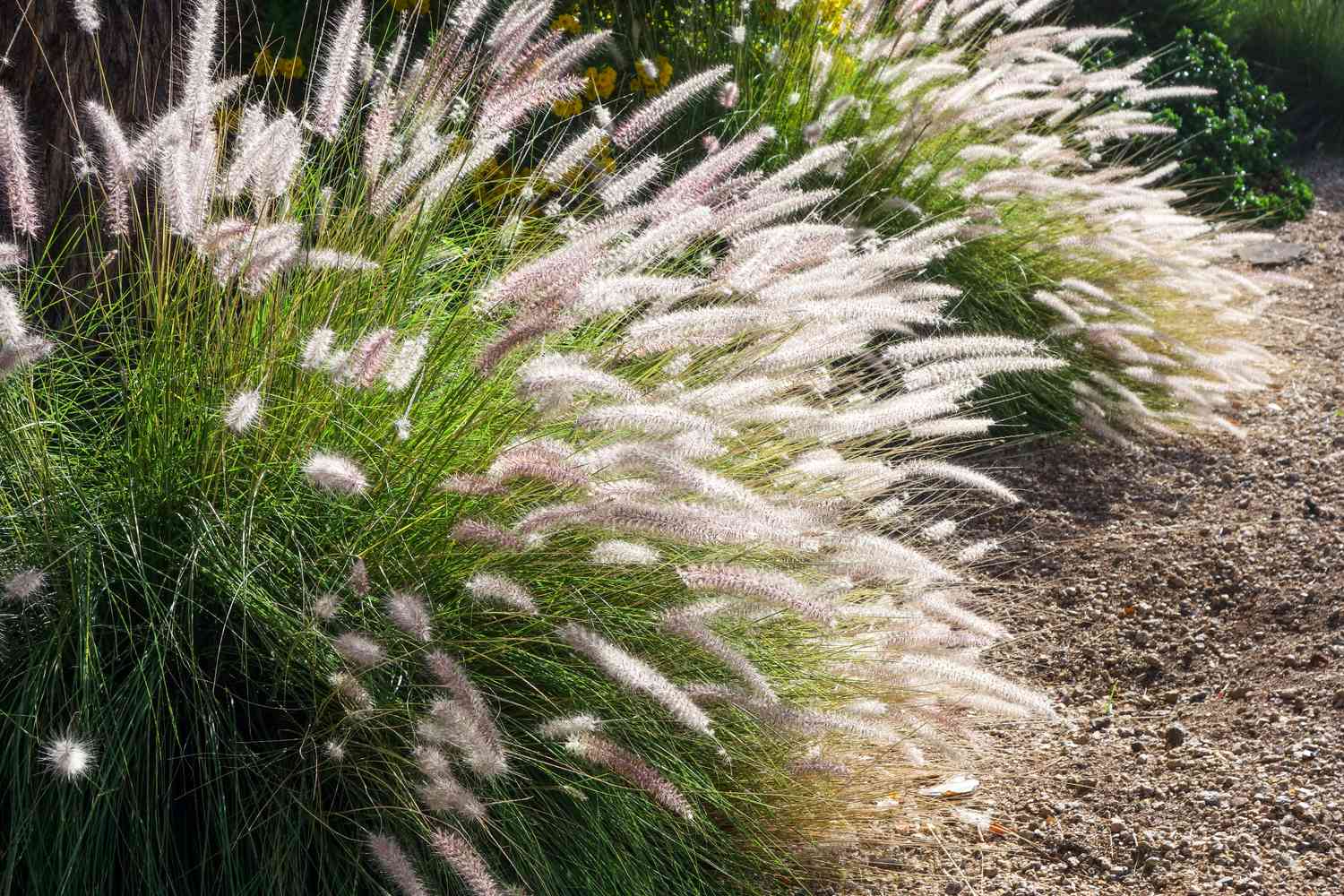
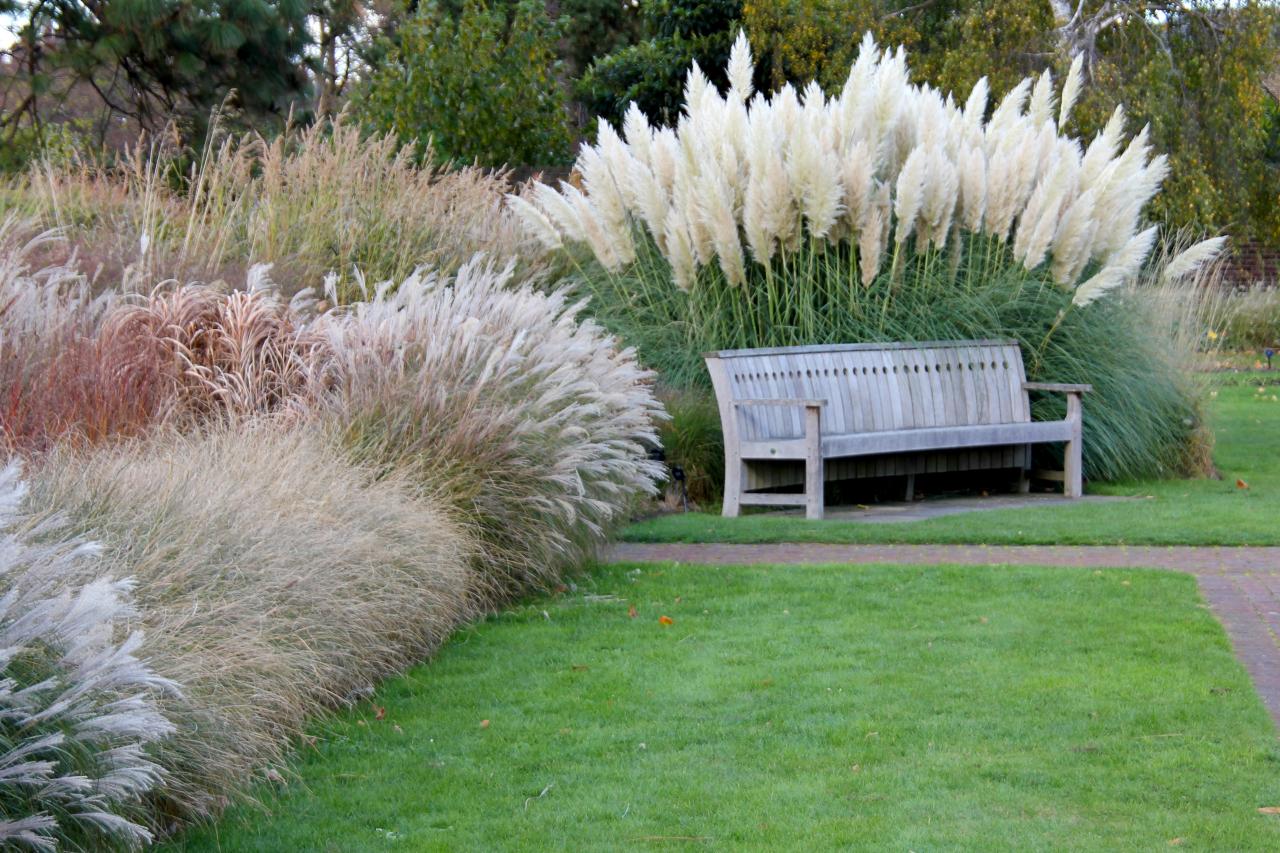
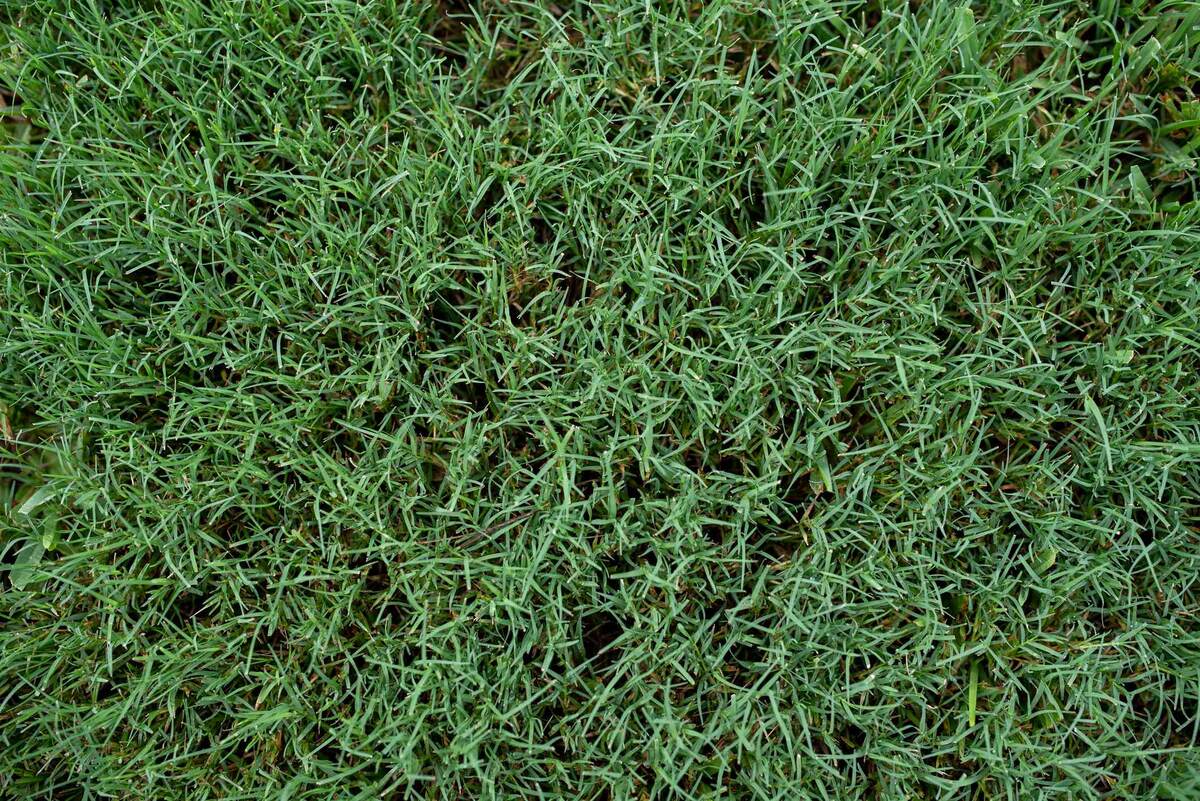

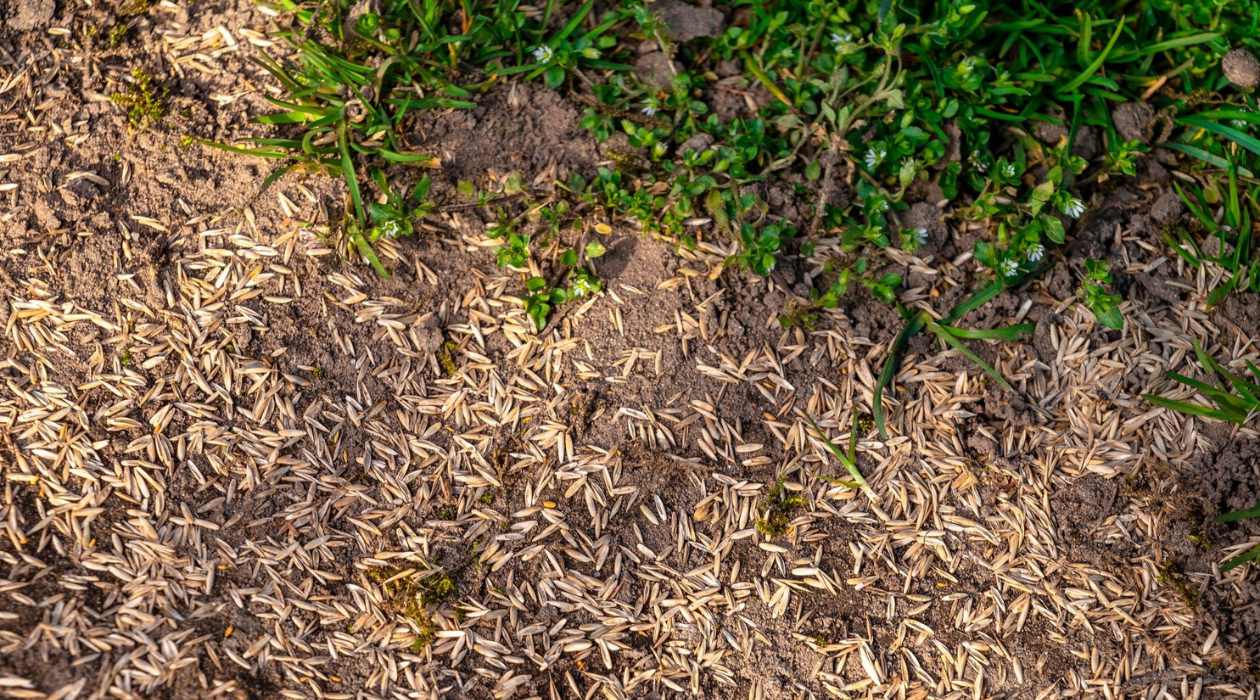
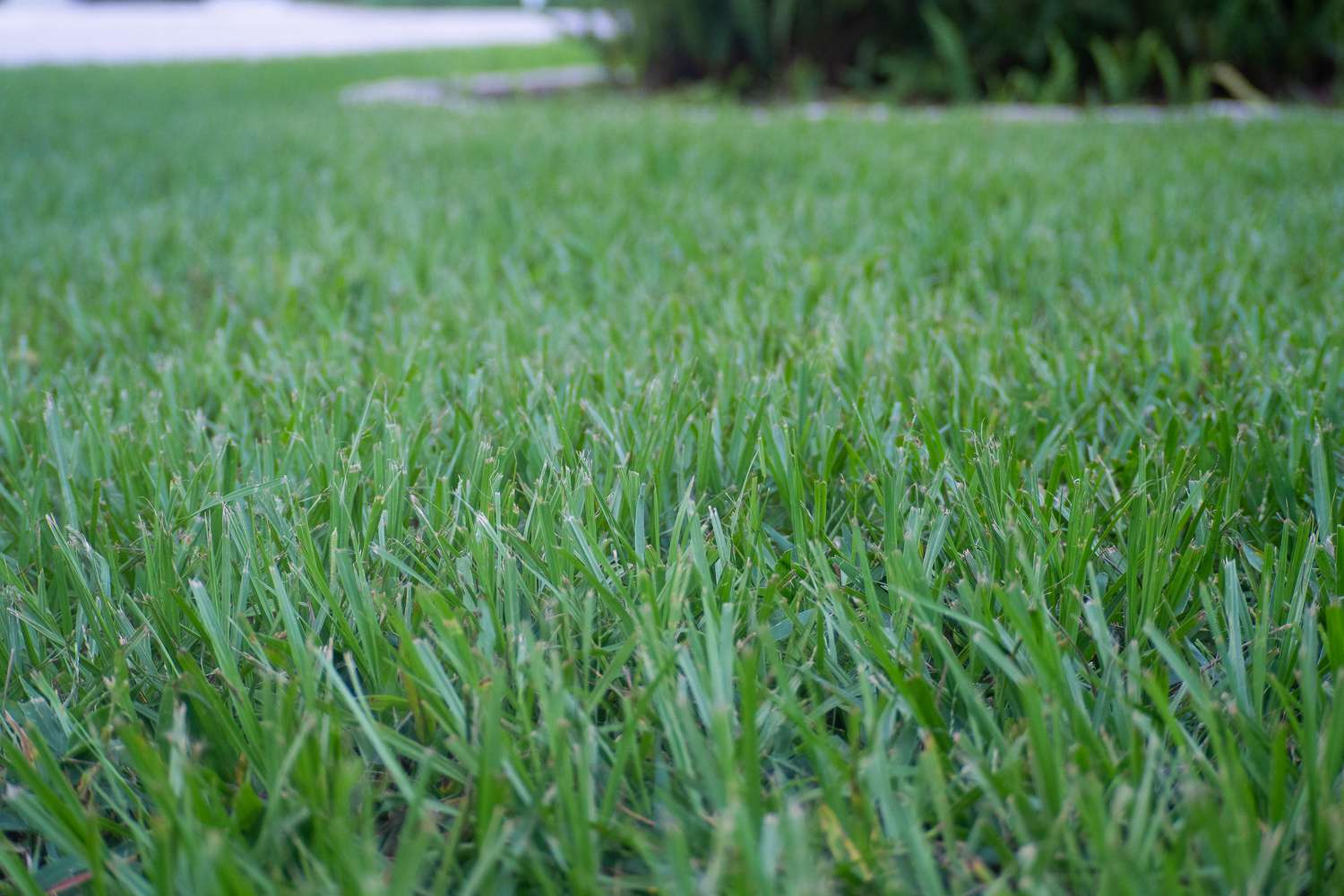
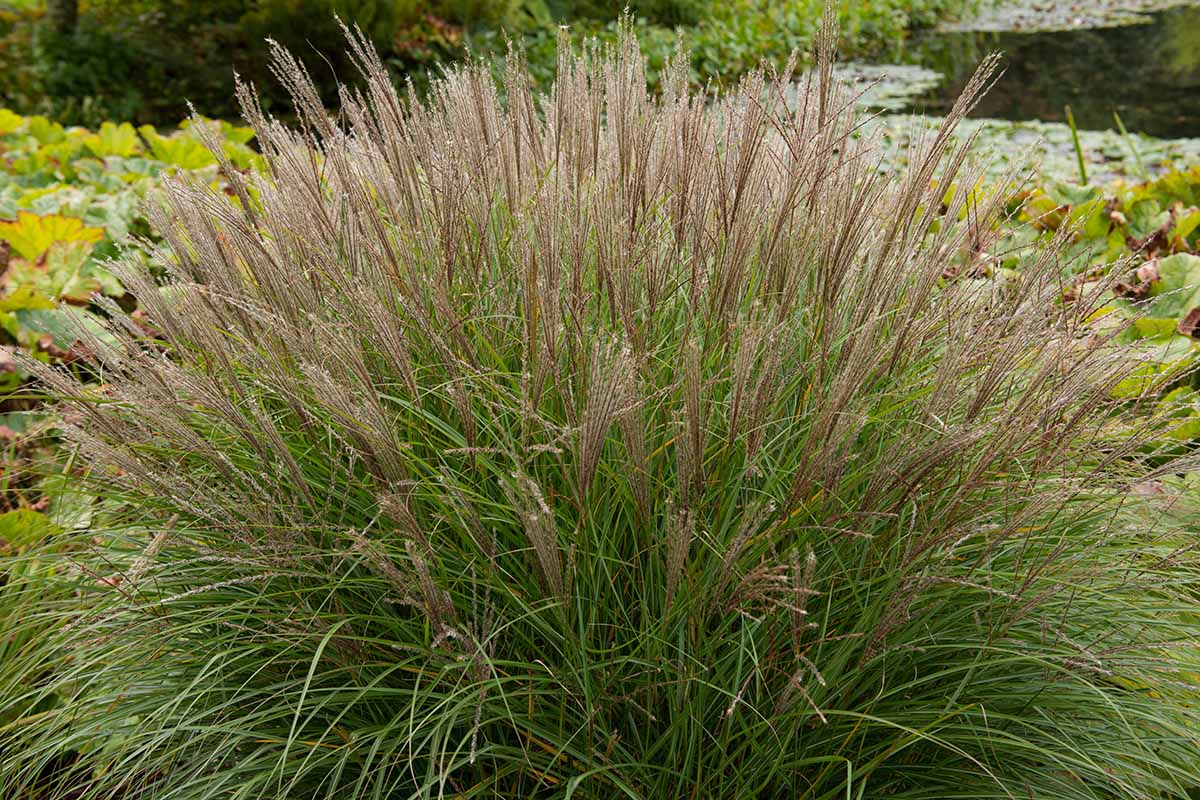
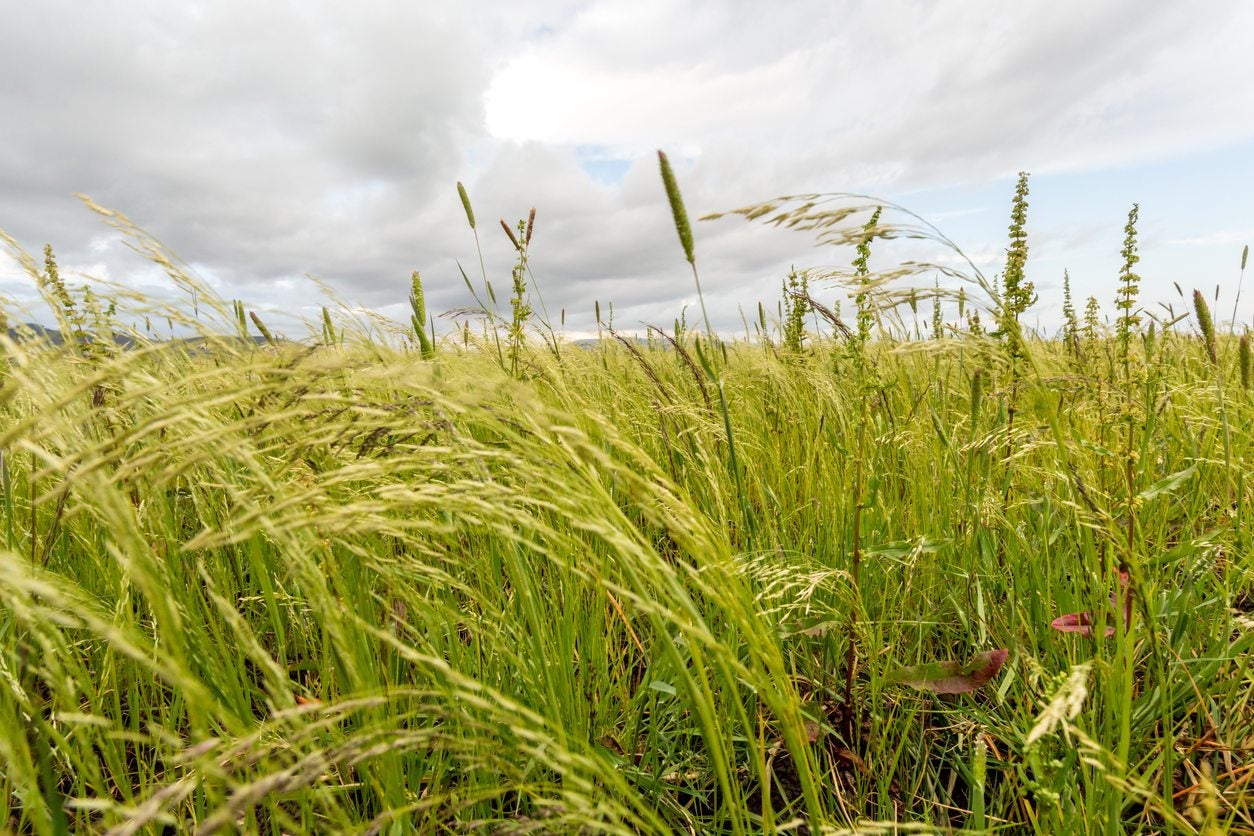
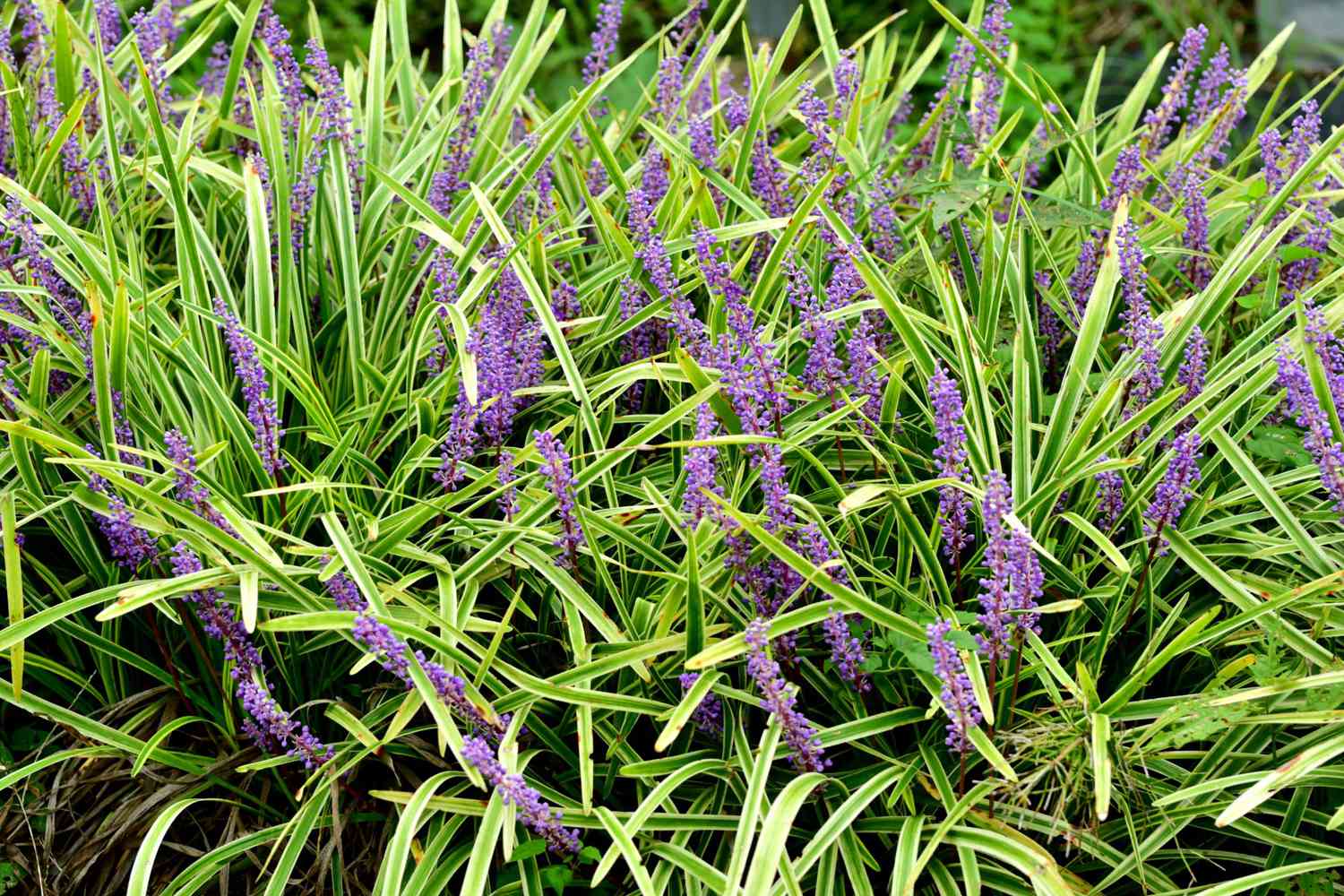

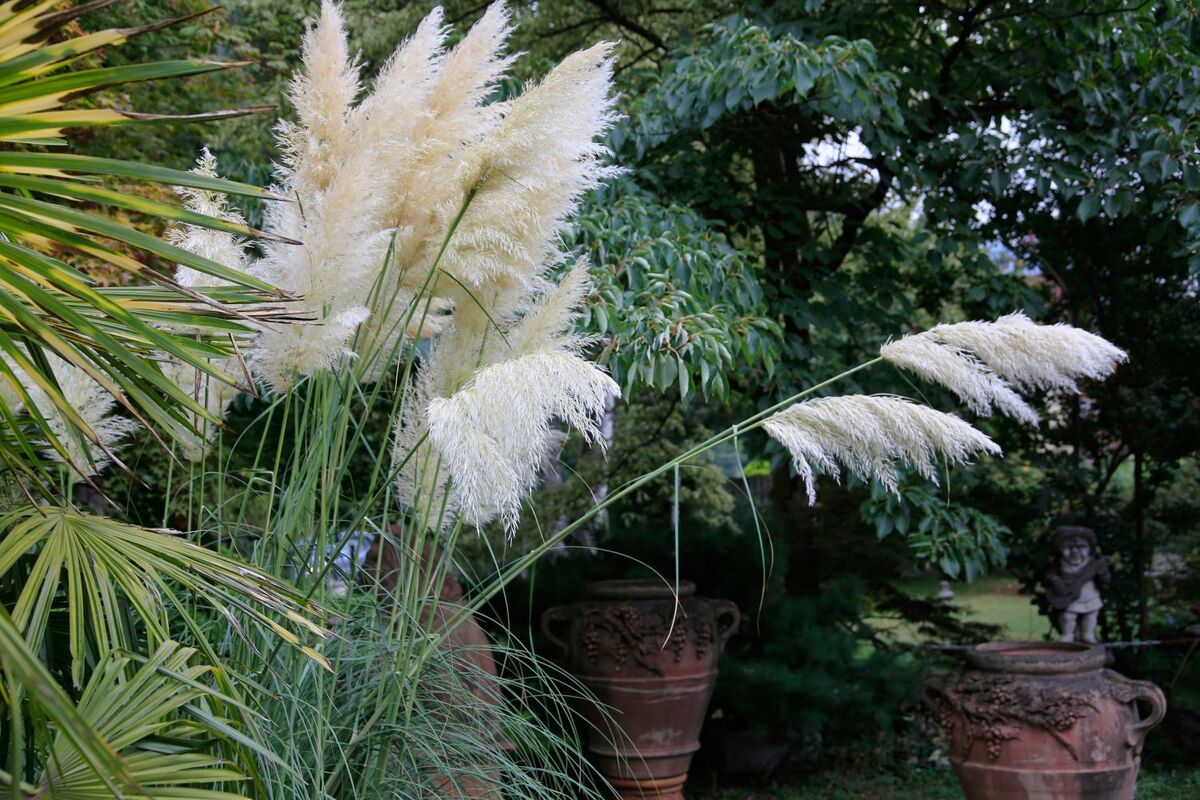

0 thoughts on “When To Plant Grass In Wisconsin”